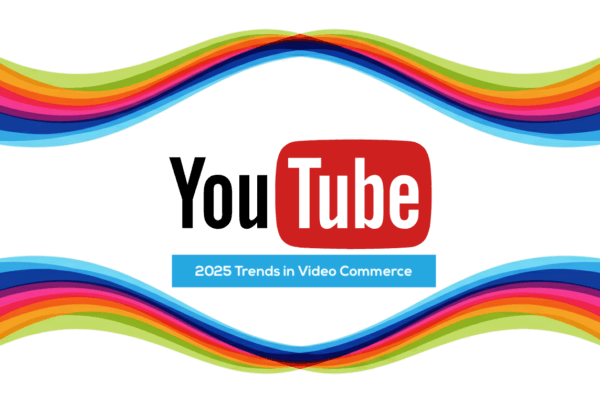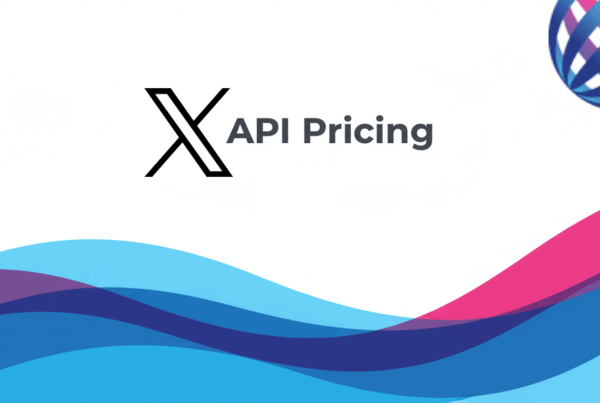Creator subscription platforms like OnlyFans, Patreon, and emerging rivals are transforming how digital content is monetised, distributed, and regulated. By enabling direct-to-fan subscriptions, these platforms empower creators to earn sustainable income while bypassing traditional gatekeepers. Their rapid evolution is reshaping the digital economy, raising new opportunities—and challenges—for compliance, payments, and the broader mobile ecosystem.
Over the last decade, a major transformation has swept the digital content economy. A new class of companies, often called “founding platforms” or “creator monetisation services,” have risen to prominence by enabling creators to earn directly from their audiences. Platforms like OnlyFans, Patreon, and newer challengers such as Fanbase, Fansly, and TikTok’s subscription offering have redefined digital work, turning individual influence into sustainable income.

These platforms empower musicians, educators, fitness instructors, adult content creators, and influencers to bypass traditional gatekeepers. Users subscribe directly for exclusive content, tipping, and customised engagement. This model has not only transformed how content is monetised, but also how it’s regulated, distributed, and consumed—posing new challenges and opportunities for mobile and payment ecosystem players.
OnlyFans: The Disruptor of Adult Content and More
Founded in 2016, OnlyFans has evolved into a behemoth in the creator economy. Approximately 70% of its creators publish adult content, yet the site also supports fitness trainers, musicians, and lifestyle influencers.
With monetisation comes responsibility. Regulatory scrutiny is rising. Adult content platforms face increasing government restrictions and societal pressure… This raises complex questions for digital identity, age verification, and transaction compliance—areas where MEF members play a crucial role“
In May 2025, it was reported by Reuters that OnlyFans owner Fenix International Ltd was in talks to sell the company at a valuation of around $8 billion. Though financial analysts suggest its real worth could be closer to $28 billion based on profit multiples seen in tech unicorns. With over 4 million creators and 300 million users as of 2024, its financials are staggering. In the year ending November 2023, the company generated $6.6 billion in gross revenue, equivalent to a net fee of 1.3 billion – according to a filing with British regulators. The net fee is up from $375 million in 2020. The company reports a 50% operating margin in the 12 months leading up to November 2023 or about $650 million.
The platform operates on a direct subscription model, allowing creators to charge fans for access to exclusive content, typically ranging from $4.99 to $49.99 per month. Additional revenue comes from pay-per-view (PPV) messages, live streams, tips, and merchandise. Unlike app-based platforms, OnlyFans remains web-only, sidestepping fees from Apple and Google’s app stores. OnlyFans takes a 20% commission; it pays over $5 billion to creators annually.
The company has been applauded by some for investing heavily in safety and compliance, including age verification and content moderation systems. Yet it’s not without controversy. Governments, especially in Sweden and the UK, are tightening regulation around adult content. Payment providers also impose restrictions, and competitors like Fansly and AI-generated adult content services are nipping at its heels.
Patreon: The Creative Class’s Subscription Backbone
Founded in 2013, Patreon was one of the first platforms to allow artists, podcasters, educators, and musicians to build steady income streams from recurring payments. As of 2024, it supported over 250,000 active creators and millions of patrons.
In August 2025, Patreon will simplify its pricing, merging its Pro and Premium plans into a single standard model at a 10% fee. Creators who joined earlier were able to retain lower rates (8%). Patreon offers free video storage (up to 100 hours per month) and a built-in livestreaming service called Live Video, increasing its competitiveness.
Unlike OnlyFans, Patreon prohibits adult content and is focused on broader creative and educational sectors. Monetisation is based on tiered memberships rather than PPV content or tips, though Patreon continues to test new features to boost engagement and retention.
With estimated 2024 revenue approaching $800 million, Patreon remains a major player. However, it faces pressure from platform consolidation, increased competition, and the evolving expectations of creators demanding more tools, flexibility, and discovery features.
Other Contenders: Fanbase, Fansly, and TikTok Subscriptions
Beyond the giants, a new generation of platforms is making waves:
- Fansly positions itself as a more lenient alternative to OnlyFans, supporting adult content with slightly different terms and tech capabilities.
- Fanbase, aims to support both free and subscription content for all creators and monetises via likes (micro-tipping).
- TikTok Subscriptions allow influencers to monetise fan engagement with exclusive content, though the feature remains new and limited in creator support tools.
These entrants represent a broadening of the model across niches—fitness, mental health, finance, gaming—and suggest growing interest in hybrid models blending social media virality with subscription security.
A Monetisation Revolution
Creator-first platforms are changing the economics of digital content. They offer Income direct from audiences reduces reliance on advertisers or intermediaries.
Platforms like OnlyFans offer some of the highest earning potential, with top creators reportedly earning over $1 million annually. Tipping, personalised requests, and PPV content provide flexible monetisation. This could be seen a challenge to the Direct Carrier Billing services in some markets.
Compliance and Safety Challenges
With monetisation comes responsibility. Regulatory scrutiny is rising. Adult content platforms face increasing government restrictions and societal pressure. In Sweden, buyers of custom content may face jail time. In the UK, age verification failures led to a £1 million fine for OnlyFans. Content moderation is also under scrutiny. Platforms like OnlyFans employ large compliance teams, while others rely on automated systems with varying levels of success. Payment providers are gatekeepers, with some refusing to work with high-risk content models such as adult services.
This raises complex questions for digital identity, age verification, and transaction compliance—areas where MEF members play a crucial role.
Disruption of Traditional Media and Commerce
The creator economy is encroaching on legacy business models. Celebrities and influencers now monetise directly, reducing the influence of record labels, publishers, and streaming services. Platforms like OnlyFans offer greater control, privacy, and income share than services like Spotify or YouTube. Micro-businesses are emerging creators often hire editors, marketers, and virtual assistants, spurring a new service layer.
Conclusion: Opportunity, Risk, and the Path Ahead
Creator monetisation platforms are more than just the latest internet fad—they represent a structural change in how value is generated and distributed online. OnlyFans and Patreon showcase the potential and pitfalls of this model, from billion-dollar valuations to regulatory scrutiny and reputational risk.
For mobile ecosystem players, these developments are a signal: the future of the internet will be more personal, subscription-based, and creator-powered. But that future must be built on trust, compliance, and inclusive monetisation frameworks.
As the mobile ecosystem evolves, MEF is committed to supporting dialogue, and innovation that balance opportunity with responsibility—ensuring the creator economy thrives without compromising safety, identity, or integrity.
Join our Content, Advertising & DCB Insight Group to discuss this topic.




